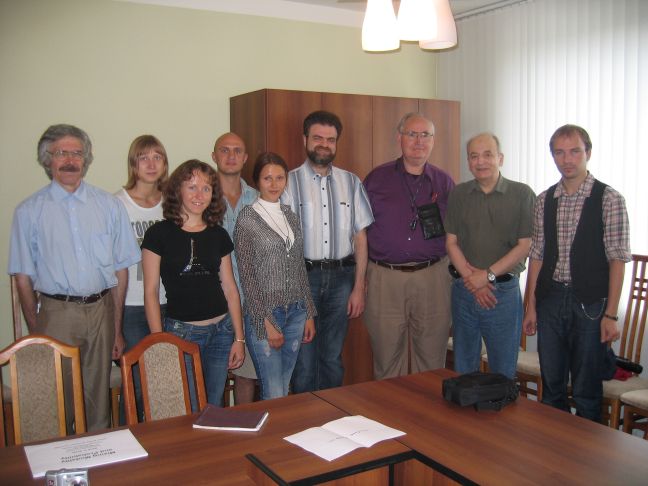-
We must ask whether there is any interest
in these nonstandard models aside from the independence proof;
that is, do they have any mathematical interest?
The answer must be yes, but we cannot yet give a really good
argument.1
- [1] Kjeldsen T. H., Different motivations and goals in the historical development of the theory of systems of linear inequalities. Arch. Hist. Exact Sci., 56:6, 459–538 (2002).
- [2] Floudas C. A. and Pardalos P. M. (eds.), Encyclopedia of Optimization. Springer (2009).
- [3] Scott D., Boolean Models and Nonstandard Analysis. Applications of Model Theory to Algebra, Analysis, and Probability, 87–92. Holt, Rinehart, and Winston (1969).
- [4] Takeuti G., Two Applications of Logic to Mathematics. Iwanami Publ. & Princeton University Press (1978).
- [5] Kusraev A. G. and Kutateladze S. S., Boolean Valued Analysis. Kluwer Academic Publishers (1999).
- [6] Kusraev A. G. and Kutateladze S. S., Introduction to Boolean Valued Analysis. Nauka Publishers (2005) [in Russian].
This is an abstract of a talk at the
Maltsev Centennial in Novosibirsk
on August 27, 2009.
As regards technicalities see
arXiv.org and
Optimization Online.
Slides are available in PDF.
Footnote:
1 At the time, I was disappointed that no one took up my suggestion. And then I was very surprised much later to see the work of Takeuti and his associates. I think the point is that people have to be trained in Functional Analysis in order to understand these models. I think this is also obvious from your book and its references. Alas, I had no students or collaborators with this kind of background, and so I was not able to generate any progress.(From Dana Scott's Letter of April 29, 2009 to S.S. Kutateladze.)
Dana Scott
with the participants of the seminar of the
Laboratory of Functional Analysis
at Novosibirsk on August 28, 2009.

